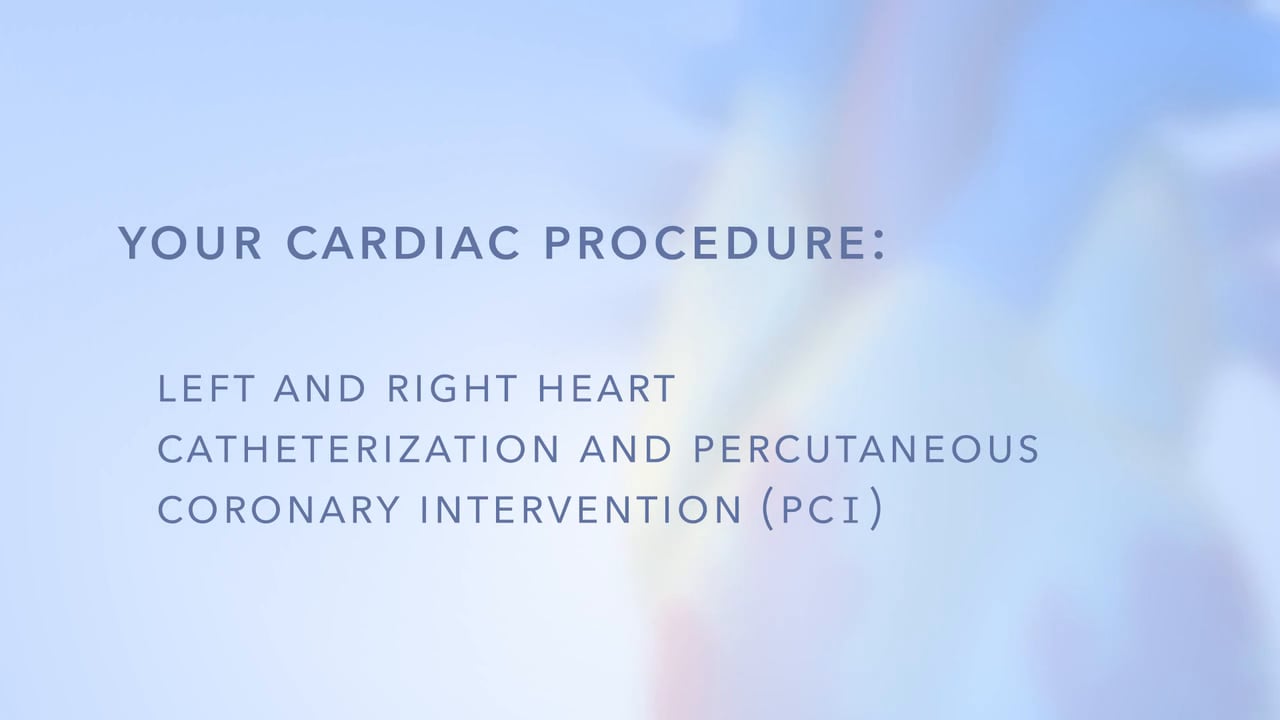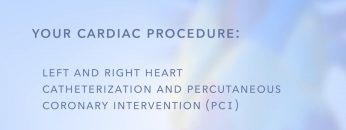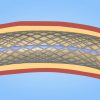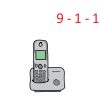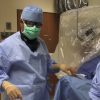Left and Right Heart Catheterization & PCI
Your doctor may have referred you for a left or right heart catheterization to help determine the cause of your chest pain, shortness of breath, positive stress test, abnormal electrocardiogram, or other concerning symptoms or tests. This procedure involves the passing of a thin flexible tube through a site in your leg, arm, or neck to your heart, which the doctor will then use to inject dye to visualize how well your heart is pumping blood.
By injecting the contrast dye, your cardiologist will be able to see with fluoroscopy whether there are any narrowings or blockages of the coronary arteries, known as coronary artery disease. If narrowings or blockages are identified, your doctor may decide to treat you with medication or by placing a stent. Nevertheless, your hospital course will greatly depend on the findings during the cardiac catheterization.
In some patients, no significant narrowings are identified within the coronary arteries and the patient may be able to be discharged the same day. In other cases, significant coronary artery disease identified during the procedure may require treatment with stents or even coronary artery bypass surgery.
Following the procedure, we recommend that the patient follow up with his or her cardiologist or primary care physician to discuss the results of the procedure and to evaluate the procedure site to make sure the area has healed properly.


